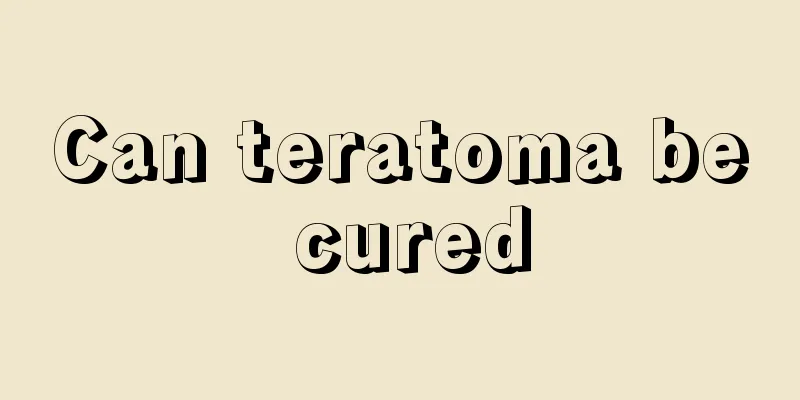Where is the jaw

|
There are many bones in our body. The main component of bones is calcium. When we age or lack calcium, our bone density decreases and our bones become very fragile. Although everyone knows that there are many bones in the body, not much is known about the location and name of each bone. So do you know where the jawbone we often talk about is? In fact, the jawbone is our chin! The bones of the jaw make up the bones and muscle tissue of the upper and lower parts of the mouth. The upper part is called the maxilla and the lower part is called the mandible. The bones of the jaw are the maxilla, which is divided into the maxilla and mandible. The bones of the upper jaw located in the center of the human face. In pairs, the left and right maxillae are connected in the midline. The maxilla consists of one bone body and four processes. The upper surface of the bone forms the lower wall of the eye socket, the inner side is connected to the nasal cavity, and inside there is the Hi-ghmori sinus (maxillarsinus) opening on the inner side. Among the four processes, the frontal process, zygomatic process and palatine process, each is connected to the bone block of the same name, and the alveolar process has tooth sockets, in which the maxillary teeth are located. The human maxilla is composed of the maxilla in a narrow sense and the premaxilla. Between the two bones, there is the opening of the incisive canal (Stensen's canal) connecting the nasal cavity and the oral cavity. Evolutionarily, these two bones first appeared in bony fish. In the upper jaw of elasmobranch fish, there is a movable connection between the palatoquadrate cartilage belonging to the first gill arch and the brain skull. Mandible It consists of the body and the ascending ramus, and the two sides of the body are connected in the median. There are two bony protrusions above the ascending ramus of the mandible, the posterior one is called the condylar process, and the anterior one is called the coracoid process (muscular process), and the concave edge between the two is called the sigmoid notch. The intersection of the posterior edge of the ascending ramus and the lower edge of the mandible is called the mandibular angle. There is a hole in the middle of the inner side of the ascending ramus called the mandibular foramen. The tube extending downward and forward in the mandible is called the mandibular canal. The mandibular canal passes through a hole between the roots of the first and second premolars, called the mental foramen. The inferior alveolar nerve and blood vessels enter the mandibular canal from the mandibular foramen and run forward, and the mental nerve and blood vessels are separated at the mental foramen. Since the structures of the mandible at the condylar neck, mandibular angle, mental foramen, and median joint are relatively weak, fractures often occur when there is trauma. Associated conditions include jaw fractures and jaw osteomyelitis. |
>>: How long does ginger slices take to be effective in removing scars
Recommend
The reason why tea turns black
Tea will turn black if left for a long time, main...
Is there a relationship between memory and IQ?
Memory is a living thing that enables people to r...
How many days does it take to fill a tooth
Since everyone's physical condition is differ...
Common dietary considerations for melanoma patients
In daily life, we need to pay attention to the oc...
Does the caulking agent contain formaldehyde?
In people's daily lives, moving into a new ho...
What should I do if I can’t cry?
In daily life, many people may have experienced t...
Treatment of ascites in advanced ovarian cancer
Can women with ovarian cancer be treated? Yes, th...
Is there any cure for advanced brain cancer?
Brain cancer is a malignant tumor in the brain. I...
Traditional Chinese Medicine Treatment for Bladder Cancer
Bladder cancer patients often experience symptoms...
What causes scabies
Scabies is a common disease, mainly caused by sca...
Benefits of washing hair with white vinegar
Maybe few of our friends would use white vinegar ...
Why do I keep hiccuping at night
The quality of sleep directly affects our physica...
Mid-stage symptoms of bladder cancer
Hematuria: Hematuria is the most common symptom o...
Do some exercises before going to bed to help restore your eyesight
Nowadays, many living habits and excessive use of...
White particles grow on tonsils
The human body is fragile and various problems al...









